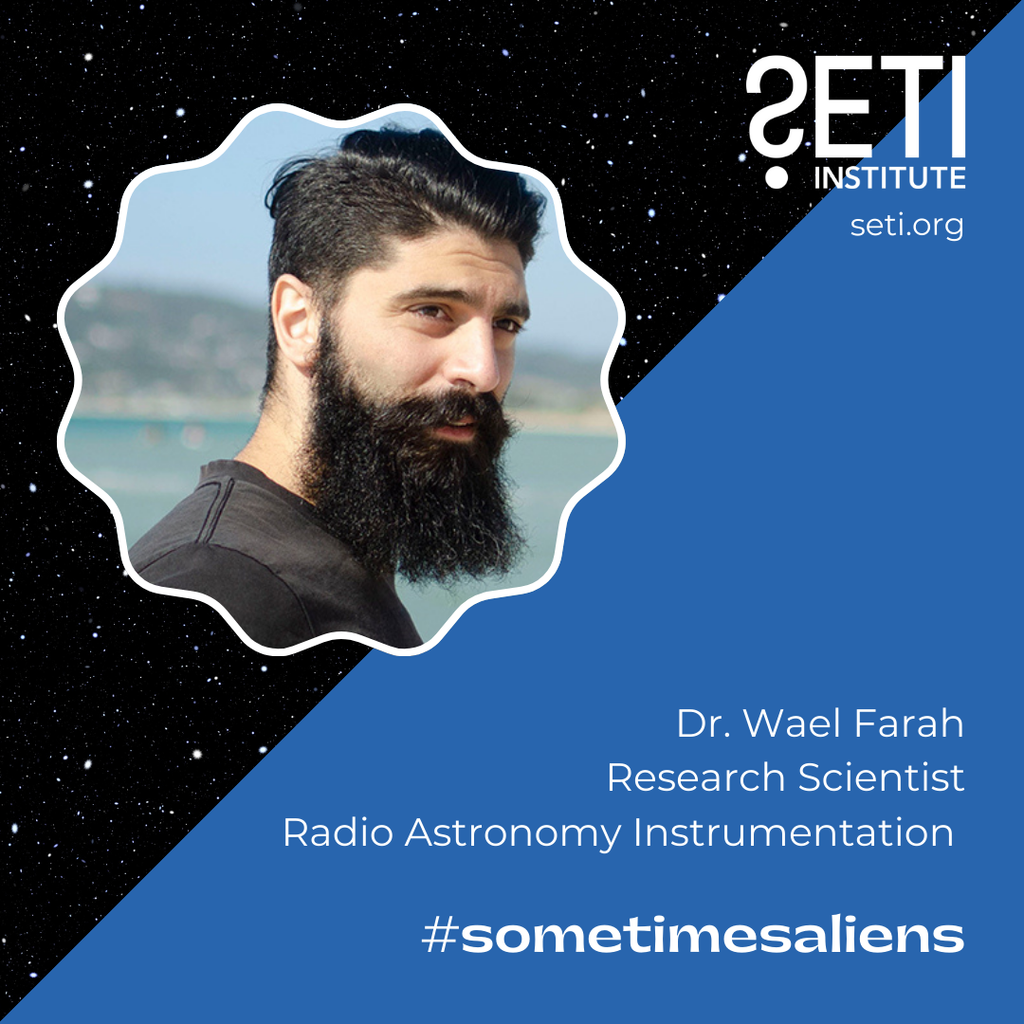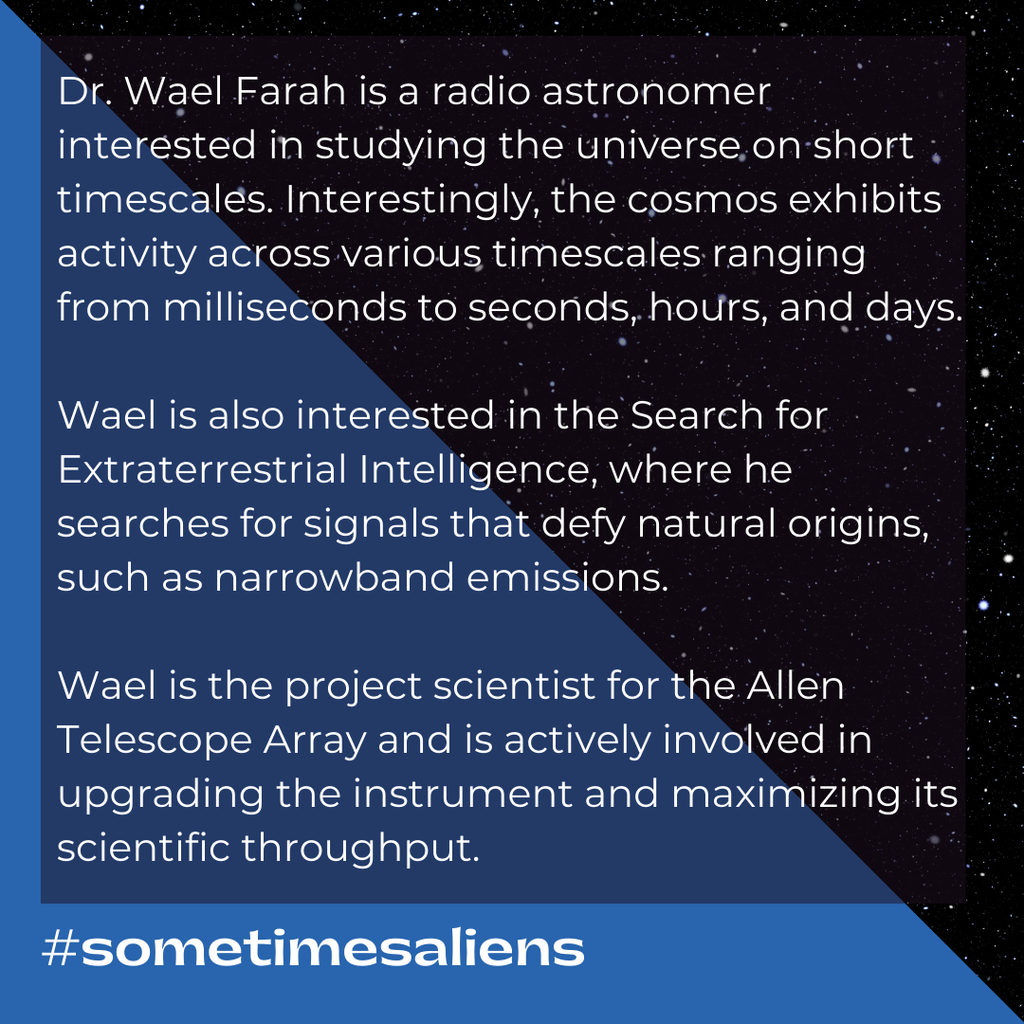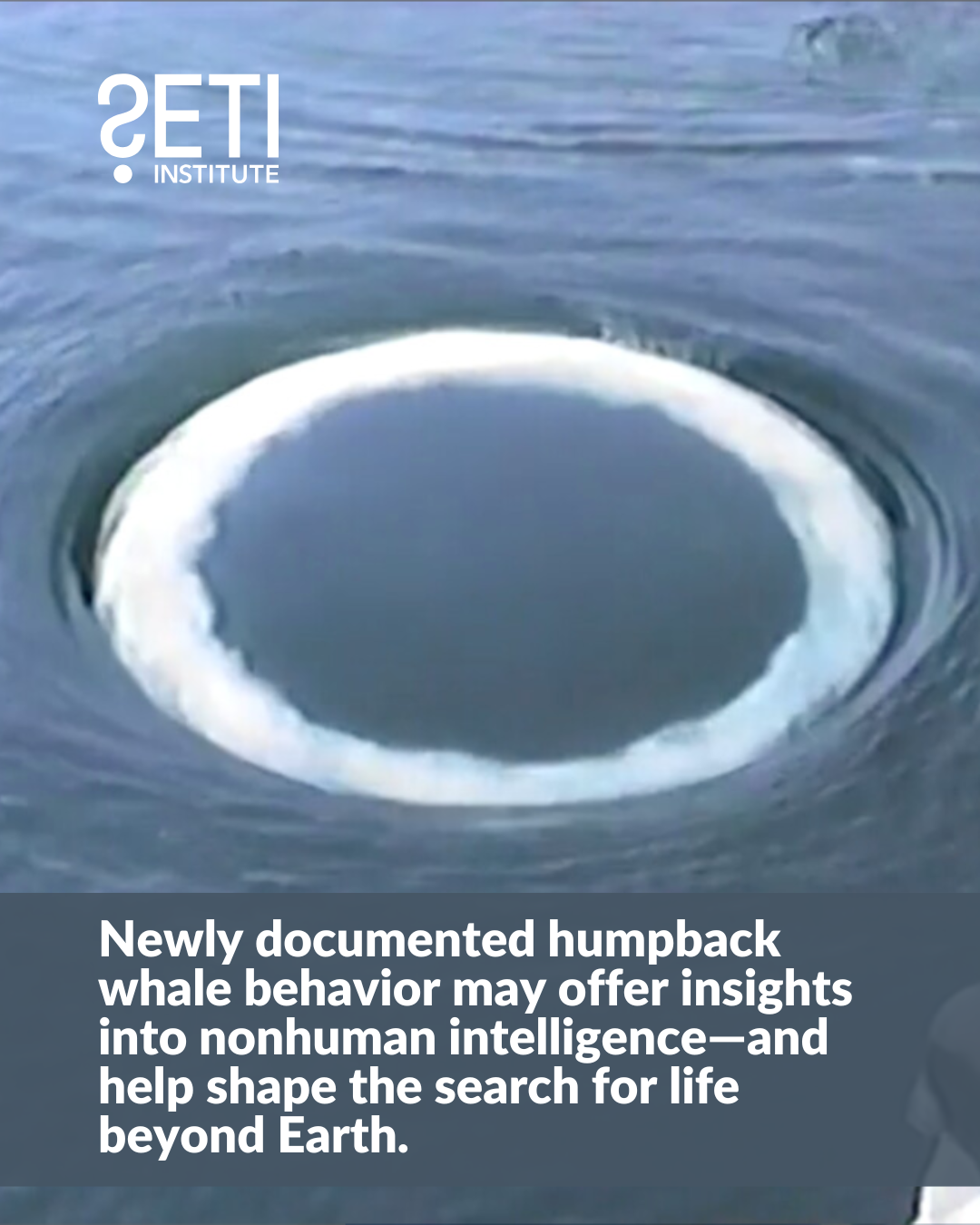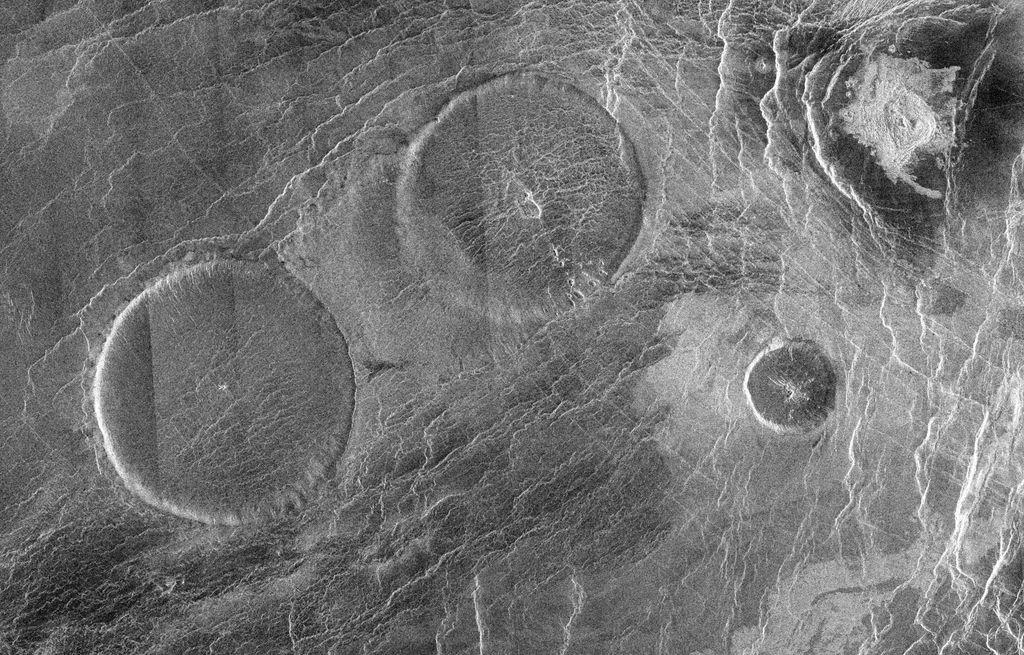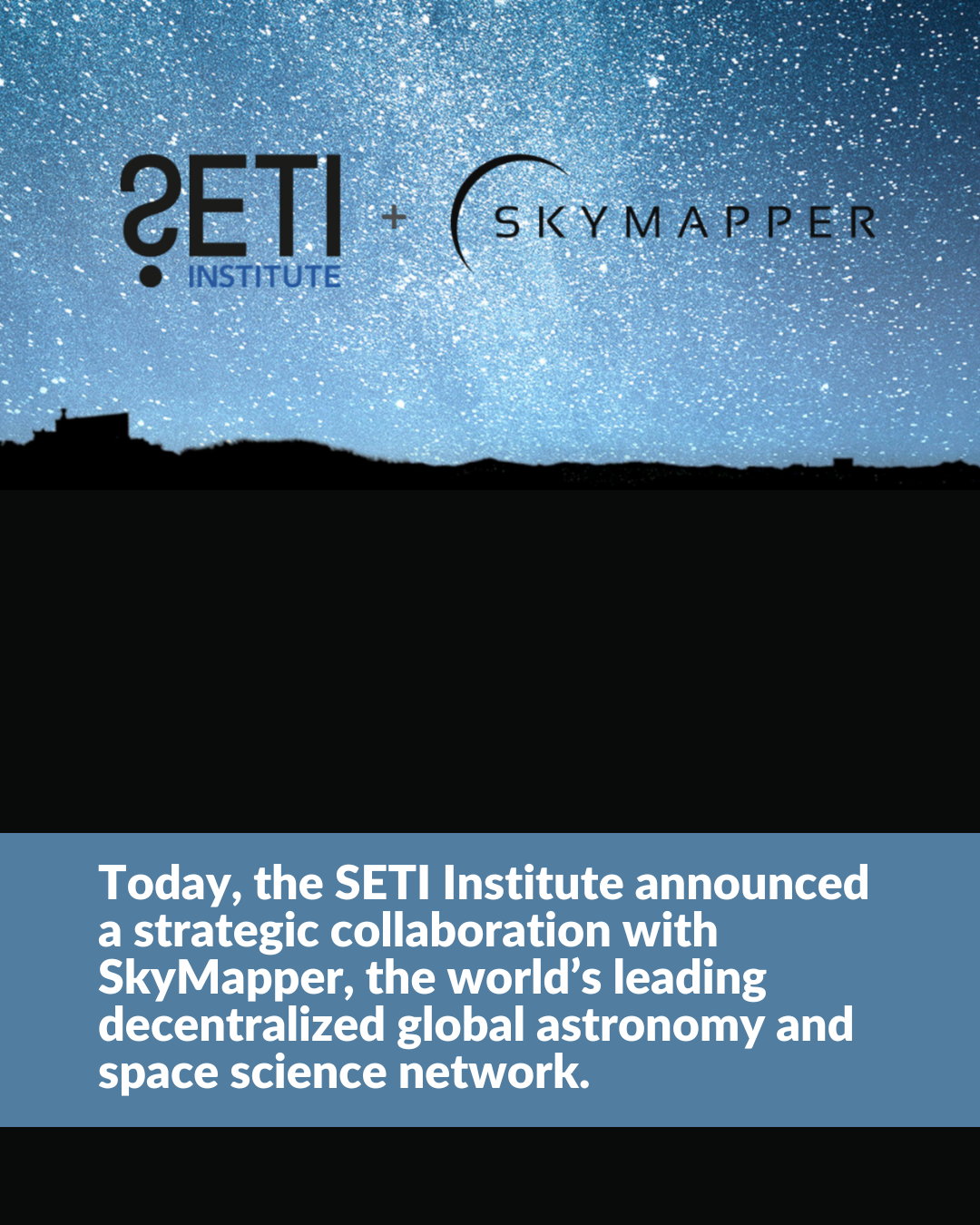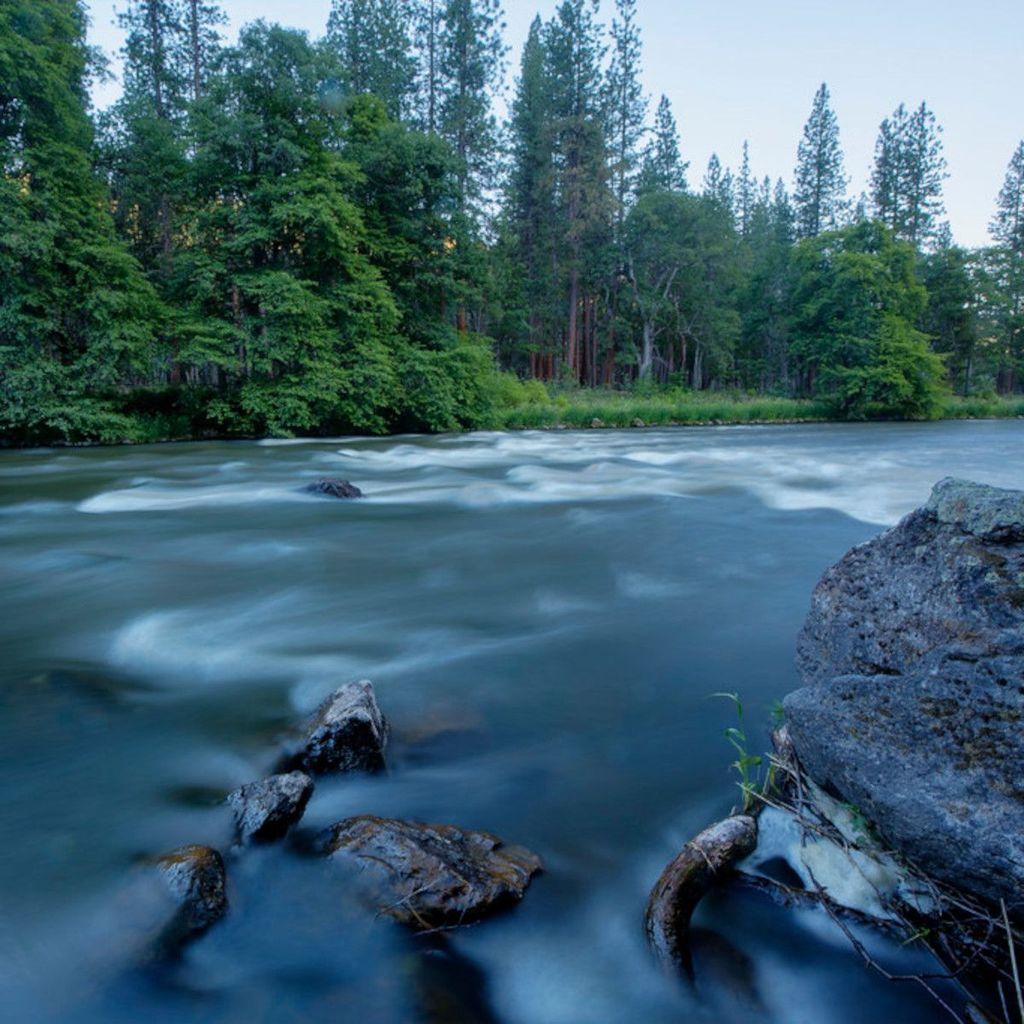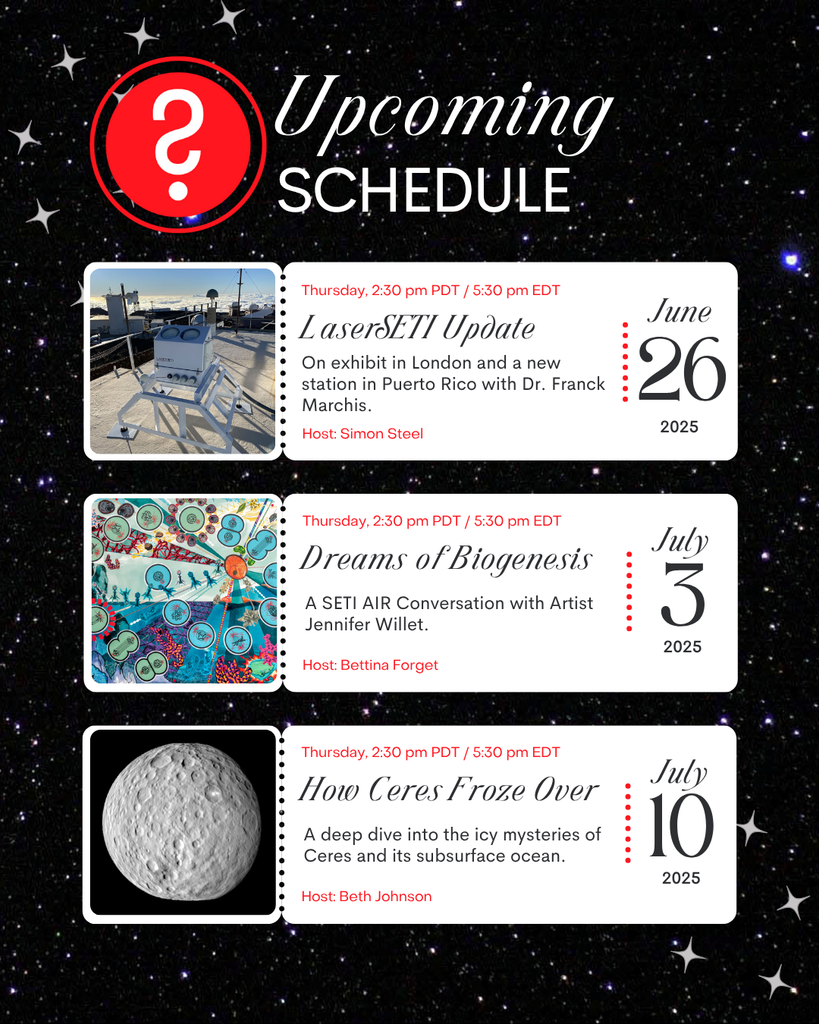Dr. Wael Farah is a radio astronomer interested in studying the universe on short timescales. Interestingly, the cosmos exhibits activity across various timescales ranging from milliseconds to seconds, hours, and days. Wael is the project scientist for the Allen Telescope Array and is actively involved in upgrading the instrument and maximizing its scientific throughput.
scicomm
Radio interferometry is a technique in radio astronomy where signals from two or more radio telescopes are combined to simulate a much larger telescope, allowing astronomers to achieve higher resolution than a single dish could provide.
Here’s how it works, in simple terms: https://www.seti.org/signal-and-image-processing-foundations-radio-interferometry
#PPOD: Two large, pale discs can be seen in today's PPOD: one of them in the Atacama Desert, the other orbiting the Earth 384,000 km away. The latter is our ever-present Moon, faintly hanging in the clear blue sky. Next to it is the real star of the image: one of the antennas of the Atacama Large Millimeter/submillimeter Array (ALMA). Credit: Y. Villalon/ESO
In this in-depth interview, Camille Bergin dives into humanity’s quest to discover intelligent life beyond Earth with SETI Institute CEO Bill Diamond. From scanning the skies for distant radio signals to unpacking the origins of life, this conversation covers the science, the tech, and the human urge to figure out if we’re alone in the universe.
Watch: https://www.youtube.com/watch?v=FQasqnKWZMM&ab_channel=CamilleBergin
PRESS RELEASE: https://www.seti.org/press-release/whaleseti-curious-humpback-whales-approach-humans-and-blow-bubble-smoke-rings
A team of scientists from the SETI Institute and the University of California at Davis documented, for the first time, humpback whales producing large bubble rings, like a human smoker blowing smoke rings, during friendly interactions with humans. This previously little-studied behavior may represent play or communication.
IMAGE: Bubble ring created by a humpback whale named Thorn. CREDIT: © Dan Knaub, The Video Company
PRESS RELEASE: https://www.seti.org/press-release/unusual-stellar-nurseries-near-our-galaxys-center-puzzle-scientists
New research led by Dr. James De Buizer at the SETI Institute and Dr. Wanggi Lim at IPAC at Caltech revealed that, although the central part of our Galaxy has a much higher density of star-forming material than the rest of the Milky Way, in the Galactic Center, the current rate of formation of massive stars (those larger than 8 times the mass of our Sun) appears to be lower compared to the rest of the Galaxy.
In a recent #SETILive episode hosted by Beth Johnson, Dr. Ben Tutolo, an associate professor at the University of Calgary and a participating scientist on NASA's Curiosity Rover team, unveiled how an unassuming iron carbonate - siderite - is the key to unlocking #Mars's atmospheric secrets.
Learn more: https://www.seti.org/marss-ancient-carbon-cycle-how-rocks-mars-tell-story-vanishing-climate
#PPOD: This Magellan full-resolution mosaic shows an area 160 kilometers by 250 kilometers in the Eistla region of Venus. The prominent circular features are volcanic domes, 65 kilometers in diameter, with broad, flat tops less than one kilometer in height. Sometimes called 'pancake' domes, they represent a unique category of volcanic extrusions on Venus formed from viscous (sticky) lava. Credit: NASA/JPL
#PPOD: Due to airglow, which is usually hard to see, the sky can glow like a giant rainbow. Disturbances like storms cause gravity waves, making airglow visible. The colors likely originate from various molecules: deep red from OH molecules at 87 km high, and orange and green from sodium and oxygen atoms higher up. This image was captured on Mount Pico in the Azores, Portugal, with Faial Island's lights in view. Credit: Miguel Claro | Dark Sky® Alqueva
Lithium was created in the Big Bang. Now, this light metal has become crucial for modern technology. The recent discovery of a massive amount of lithium in southern California could change everything. But at what cost? It’s “Lithium Valley” on Big Picture Science.
Listen: https://bigpicturescience.org/episodes/lithium-valley
PRESS RELEASE: https://www.seti.org/news/skymapper-and-seti-institute-team-up-to-map-the-entire-sky-all-the-time/
Today, the SETI Institute announced a strategic collaboration with SkyMapper, the world’s leading decentralized global astronomy and space science network. Together, they plan to deliver continuous, real-time astronomical data to scientists, educators, and enthusiasts worldwide.
Could a “great act of moral imagination” save our imperiled watersheds and their rivers? Writer Robert Macfarlane presents the case for why rivers are alive, on this week's Big Picture Science.
Listen here: https://bigpicturescience.org/episodes/the-rights-of-rivers
No new #SETILive #podcast this week, so let's go back to April 1 and an interesting exoplanet called HD 20794 d with an eccentric orbit. The temperature differences make it a great place to study a planet's potential habitability! Listen to the whole show: https://sites.libsyn.com/462636/super-earth-laboratory-using-hd-20794-d-to-understand-habitability
Our upcoming #SETILive interviews look at a new #LaserSETI exhibit and observatory location, the stunning artwork created in honor of this year's #DrakeAward recipients, and new science that reveals how #Ceres froze. Subscribe to our YouTube channel for notifications: https://www.youtube.com/SETIInstitute
Our bodies are marvels of evolution, yet evolution is not a perfect engineer. It works with what it’s got, which explains our sore feet and aching backs. We look at our complicated evolutionary past and What Moves Us on this week’s Big Picture Science.
Listen here: https://bigpicturescience.org/episodes/what-moves-us
